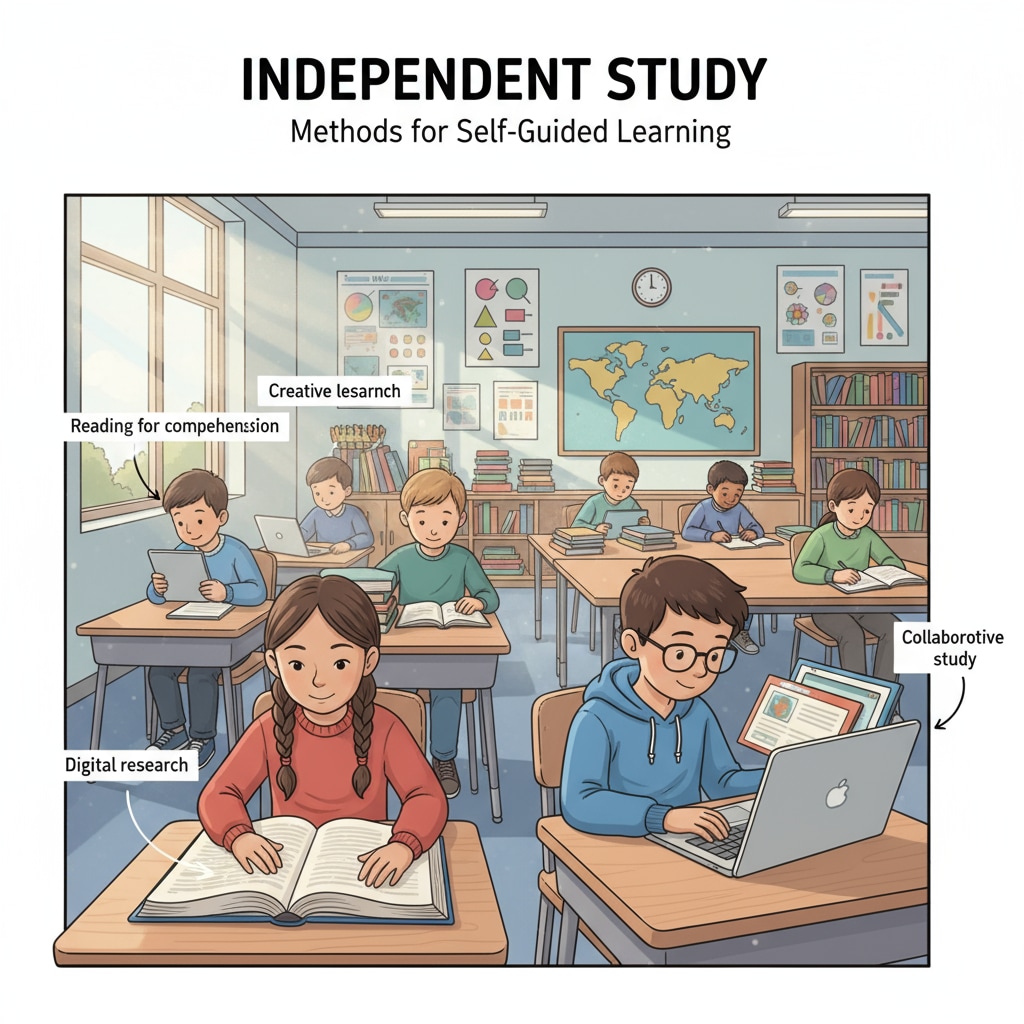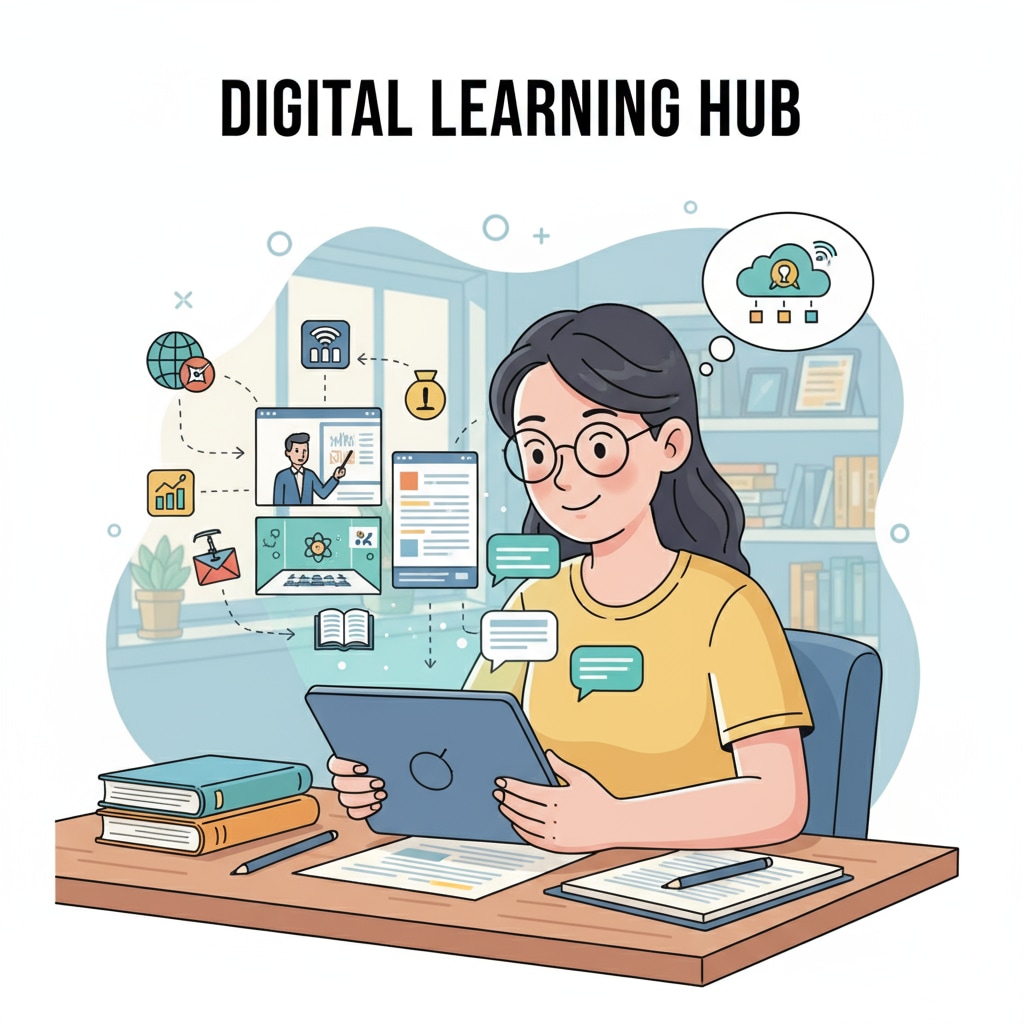Educational gaps, learning resources, and self-study guidance are crucial aspects for individuals who have experienced interruptions in their education. For teenagers and young adults facing such situations, the journey to catch up can be both challenging and rewarding. In this article, we will explore effective ways to address these issues and get back on track with learning.

Understanding the Challenges of Educational Gaps
Educational interruptions can stem from various reasons, such as health issues, family circumstances, or financial difficulties. When students miss out on crucial learning periods, they often find themselves struggling to keep up with their peers. For example, they may lack a solid foundation in key subjects like mathematics or language arts. This can lead to feelings of frustration and self-doubt, making it even more challenging to re-engage in the learning process.
Self-Study Strategies for Filling the Gaps
Self-study is a powerful tool for those looking to bridge educational gaps. First and foremost, it’s essential to set clear goals. Determine what you want to achieve in a specific period, whether it’s mastering a particular topic or improving your overall academic performance. Additionally, create a structured study plan. Allocate specific time slots for different subjects and stick to the schedule as much as possible. Utilize a variety of resources, such as textbooks, online courses, and educational apps. For instance, platforms like Khan Academy offer free, comprehensive courses on a wide range of subjects. Practice regularly and test your knowledge through self-assessment quizzes to track your progress.

In addition to structured self-study, it’s beneficial to develop good study habits. Find a quiet and comfortable study environment to minimize distractions. Take regular breaks to avoid burnout and maintain focus. Moreover, actively engage with the material you’re studying. Instead of passively reading, try summarizing, note-taking, and discussing concepts with others.
Readability guidance: As we can see, breaking down the learning process into manageable steps and being consistent are key to successful self-study. By following these strategies, individuals can gradually build confidence and fill in the educational gaps.
Another important aspect is to seek support when needed. Join study groups, either in person or online, where you can interact with like-minded individuals and share learning experiences. Teachers, mentors, or older students can also provide valuable advice and guidance. Don’t be afraid to ask questions and reach out for help.
Free Educational Resources at Your Fingertips
There is a wealth of free educational resources available today that can greatly assist in filling educational gaps. Online libraries, such as Project Gutenberg, offer a vast collection of e-books that can be accessed for free. These resources cover various subjects and reading levels. Educational websites like Coursera and edX provide free courses from top universities around the world. These courses are often taught by renowned professors and include video lectures, assignments, and quizzes. Open educational resources on Wikipedia also offer a wide range of materials that can supplement your learning.
Many museums and cultural institutions have online platforms that offer educational content. For example, the Metropolitan Museum of Art has virtual tours and educational resources that can enhance your understanding of art history. Additionally, public libraries offer free access to books, magazines, and online databases. Take advantage of these resources to expand your knowledge base.
Psychological Adjustment for Learning Recovery
Rebuilding confidence is crucial for those with educational gaps. Acknowledge your past challenges but focus on your current efforts and progress. Celebrate small achievements along the way to boost your motivation. For example, if you manage to master a difficult concept, reward yourself. Overcome negative self-talk by replacing it with positive affirmations. Remind yourself of your capabilities and potential.
Manage stress effectively as it can hinder the learning process. Practice relaxation techniques such as meditation, deep breathing, or yoga. Set realistic expectations for yourself and don’t be too hard on yourself if you encounter setbacks. Remember, learning is a journey, and it takes time and effort to fill the educational gaps.
In conclusion, addressing educational gaps requires a combination of self-study strategies, utilization of free learning resources, and proper psychological adjustment. By taking proactive steps and staying committed to learning, individuals can overcome the challenges of educational interruptions and prepare themselves for a successful future. With the right guidance and resources, anyone can bridge the educational divide and get back on track to achieve their educational goals. Education on Britannica


